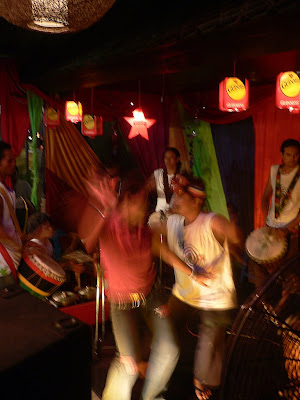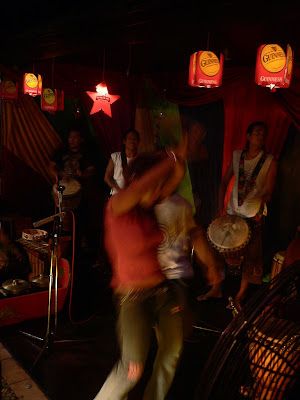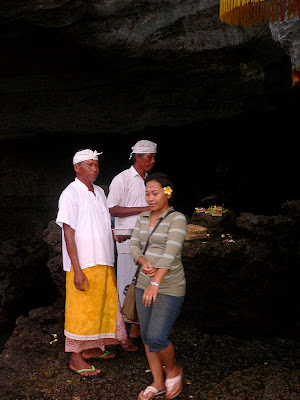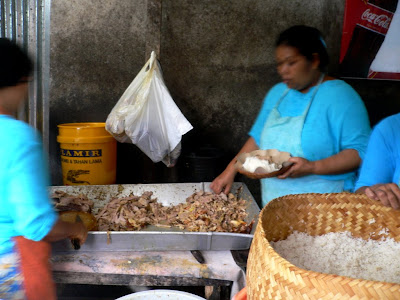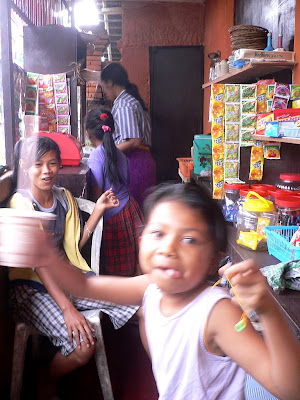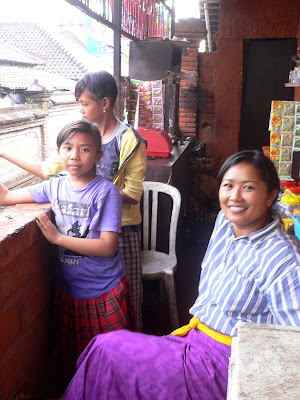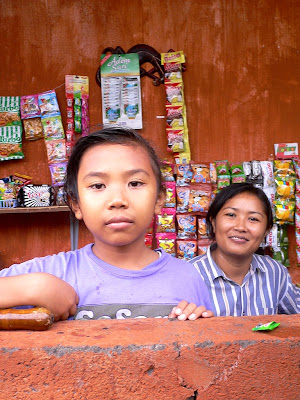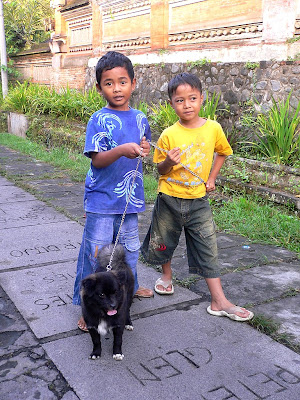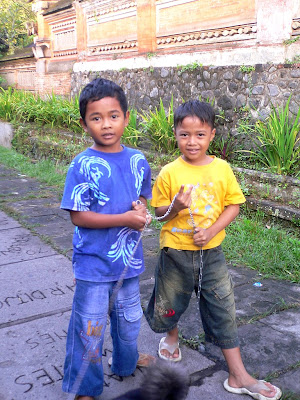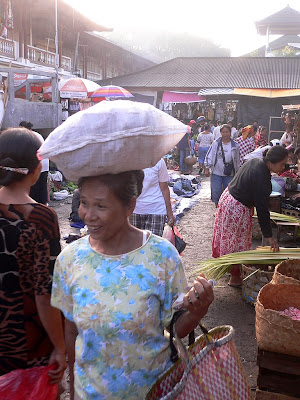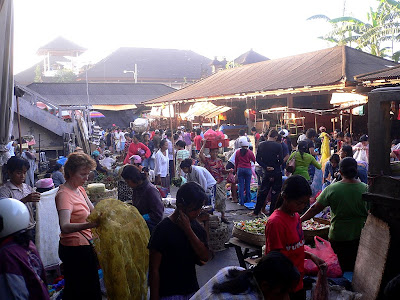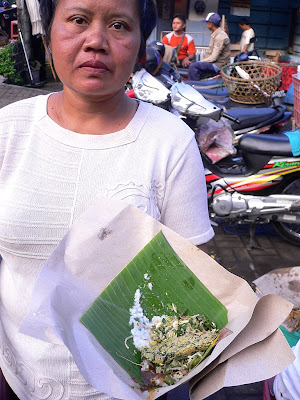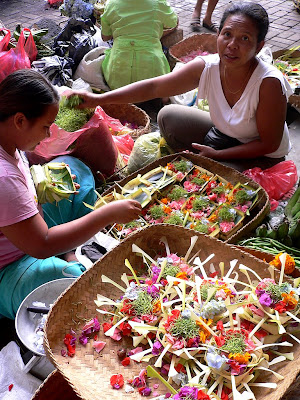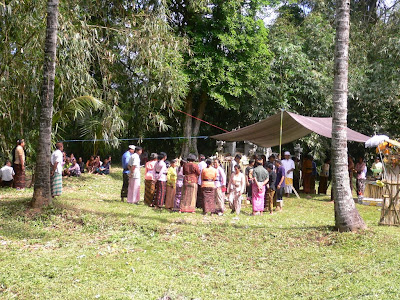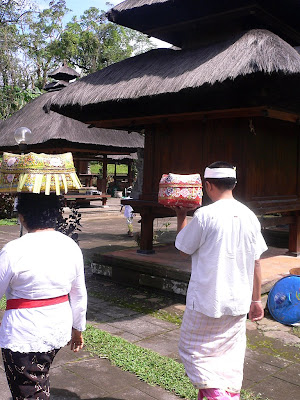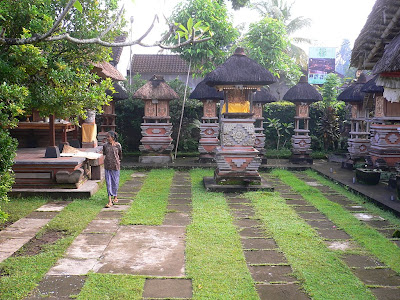Sunday, March 09, 2008
Beijing, China, 29 Feb-2 Mar 2008: 老百姓
Common Folk
Less than 6 months to the Summer Olympic Games, Beijing is a hive of construction activities. In the Forbidden Palace, scaffoldings clad the 3 Great Halls, and modern slate tiles replaces uneven stone slabs gouged out from the ancient hallowed squares. Large parts of the traditonal Dazhalan quarters near Qianmen and hutongs adjacent to Wangfujing Street have been systematically torn down, their detritus shielded by giant billboards promising urban revitalization of meretricious appeal. The hoi polloi, 老百姓 Lao Bai Xing, soldier on bravely, immutable in the sea of change swirling around them. Guards at the Forbidden Palace shout at tourists who linger too long on the bridges leading to the south entrance. Hungry customers jostle to buy their lunch orders of steamed buns Xiao Long Bao. Intrepid office workers brave the jungle of commuters on the subway and public buses. Brusque security guards patrol the busy warrens of shops selling luxury knockoffs in the Silk Street Bazaar. Life goes on. Amid the rush, there is time for reflection. Monks and nuns take in the sights at the Forbidden Palace, sharing in lunchtime victuals on the benches outside Qianqinggong, the Inner Palace. In Beihai Park, enthusiasts huddle together and sing heartily to violin accompaniment on a crisp late winter Friday afternoon. A solitary man carefully wields a large water brush over the pavement, his ephemeral writing drying up and disappearing with the angled rays of the setting sun. |
Labels: Beijing, China, garden, lake, palace, people
Sunday, November 25, 2007
Malaysia, Penang, 17-19 Nov 2007: Living With Thalassaemia
Drugs, Needles & Syringes
Thalassaemia is the commonest gene disorder in the world. In South-East Asia, about 1 in 20 persons carry the genes that can cause the disease. Thalassaemia major occurs when a child inherits affected genes from both parents, who may themselves be healthy carriers. A major thalassaemic suffers severe anaemia and requires The body is evolutionarily programmed to conserve iron: except for menstrual blood loss, there exists no physiological process to rid the body of excess iron. With regular blood transfusions, many major thalassemics survive childhood only to die from the complications of organ iron overload in their teens and young adulthood. Since the mid 1970s, the iron chelator desferrioxamine has been used to remove excess body iron in thalassaemia major. The drug, which induces negative body iron balance only if given continually throughout life, has to be administered subcutaneously for 8 to 12 hours, at least 5 nights a week. Patients typically start desferrioxamine injections from childhood. Nowadays, there are 2 other iron chelating drugs: deferiprone and deferasirox, both oral drugs. Deferiprone appears to be very good at eluting iron from heart muscle, especially when used in combination with desferrioxamine. A few patients develop dangerously low levels of white blood cells with the drug, which limits its use. Deferasirox is a new oral chelating agent with similar efficacy to parenteral desferrioxamine. It is forbiddingly expensive, and out of the economic reach of most thalassaemia major patients. The Penang Thalassaemia Society is a NGO that is dedicated to promoting the cause of thalassaemia patients in North Malaysia. The committee members comprises patients, parents, medical personnel and other volunteers. Through private charity, it has achieved remarkable success in funding expensive patient treatment: Penang I attended the 11th Penang Thalassaemia Camp on 17-18th Nov 2007, my second time in 2 years. The theme focused on compliance to iron chelation treatment. It was a humbling experience to watch the thalassaemia major patients perform their personal nightly ritual of desferrioxamine injection in a communal setting. For one child, it was the first time the parent learnt to prepare the desferrioxamine solution and inject the drug into the abdomen of the child. For another child, it was to be the first time she injected into herself. Alas, she could not do it at the last minute. Mummy did it for her that night, the nth thousandth time. There will always be tomorrow. |
Labels: friends, Malaysia, Penang, people
Sunday, August 26, 2007
Sa Pa, Vietnam, 27-28 July 2007: Minority Peoples
Hmong And Dzao Women
Labels: ladies, people, Vietnam
Friday, August 10, 2007
Changsha, China, 1 July 2007: Flight CZ6306
Long Day's Journey Into Night
Labels: China, ladies, people, transport
Saturday, August 04, 2007
Ho Chi Minh City, Vietnam, 22 July 2007: Saigon Bride
Pictures At A Wedding
Labels: friends, Ho Chi Minh City, people, Vietnam, wedding
Saturday, April 28, 2007
Bali, Indonesia, 18-23 Apr 2007: People & Faces
South to North - Nusa Dua, Kuta, Ubud & Beyond
Labels: art, Bali, Indonesia, market, nature, painting, people, religious site, waterfall

Licensed under Creative Commons Attribution-NonCommercial-NoDerivs 2.5 License

These are the 30 countries that I have ever set foot on. Airport stopovers don't count!




